The Universe of the Intelligent Microbe--The Biofilm
Revelation at Snowpatch Spire
This picture of Snowpatch Spire is credited to BeiJiaLi and is used under a Creative Commons Attribution-Share Alike 3.0 Unported license.
It was while preparing to climb Snowpatch Spire, in British Columbia, that J. W. Costerton observed the abundance of biofilm under the surface of Bugaboo Creek. From Costerton's observation grew insight into the role of biofilm in nature, and in human disease. This is an insight he described in his landmark research paper, How Bacteria Stick. The experiments and discoveries that followed from Costerton's observations are briefly discussed in the third paragraph of this blog.
Biofilm: Antagonist and Ally
Imagine a colony of microscopic life in which all parts are connected by a gelatinous, impenetrable mass. Imagine that these tiny bits of life do not operate independently, but send messages back and forth to each other so they can provide for the common defense, acquire food, propagate--and invade. This gelatinous mass spreads across the earth, so that it becomes the most abundant form of life on the planet. Science fiction? No. It's all true. This gooey, invasive mass is called a biofilm and it is formed by microorganisms. It may be both helpful and threatening to human existence. It is the oldest form of life on earth. It populates oceans, lands--and, sometimes, very aggressively, human beings.
Usually, when we think of bacterial infections, we imagine armies of microorganisms, swarming as they invade. In technical language, what we are imaging are bacteria in their planktonic form. In this form, they are free-floating, independently-acting microorganisms.
This is how most scientists also envisioned invading bacteria before 1978. It was the year in which University of Calgary biologists, J. W. Costerton, published a paper that described the ubiquity and relative impermeability of biofilms.
Diagram of Maturing Biofilm (Featured Bacteria: Pseudomonas aeruginosa)
This illustration, by D. Monroe, shows the stages a microorganism goes through as it becomes part of a biofilm. The first picture shows the organism in its individual state, as it is forming attachment to other individual microorganisms. Gradually this mass becomes a mature biofilm, a unified mass. Once the biofilm reaches maturity, it goes into the final stage, in which it disperses individual bacteria into the environment. These individuals will again begin the process of attachment and formation of a biofilm. The illustration was included in D. Monroe's research paper, "Looking for Chinks in the Armor of Bacterial Biofilm", published in PloSBiology. The image is used here under a Creative Commons Attribution-Share Alike 2.5 Generic license.
Costerton's 1978 paper on biofilm was co-authored by G. G. Geesey, and K-J Cheng. Costerton's initial observation of biofilm came about by accident--literally. He fell into a creek. He noted that everything under the surface was covered by slime, and that the slime was filled with bacteria. Costerton recognized the ubiquity and significance of this slime--of biofilm. He described how biofilm not only proliferates in nature, but also in human beings, and in medical facilities. The bacteria that colonize within a biofilm demonstrate a kind of evolutionary intelligence, an obstinate will to survive.
Bacterial Mats Near Grand Prismatic Spring in Yellowstone National Park
The picture shows the formation of biofilms on the surface of a spring at Yellowstone National Park. The photo is credited to Daniel Mayer and is used under a Creative Commons Attribution-Share Alike 3.0 Unported license.
Biofilms form through the cooperative action of bacteria. Bacteria in a free state (planktonic bacteria) adhere to one another and then become encased in a glycocalyx coating. This coating in many cases can be an insurmountable obstacle to the defensive action of the human immune system. Bacteria encased in biofilms are also resistant to most traditional antibiotics, and even to disinfectants. Persistent infections in people, and contamination of equipment, is often due to the presence of biofilms.
Though they can be dangerous in a medical context, biofilms are also essential to life on earth. A 2017 article in Applied Water Science describes how biofilm and aquatic plants exist in a mutually beneficial relationship. The plants provide the biofilm with carbon and oxygen. The biofilm offers the plant physical protection, (by creating a barrier film), and minerals. Together, according to this article, the plant/biofilm relationship also helps to reduce the effects of water pollution.
Symbiotic relationships between biofilms and nature may also be found in aquatic animals. In the illustration below, the Hawaiian Bobtail squid demonstrates luminescence. This luminescence is part of the animal's survival camouflage and is created by a microbial biofilm, Vibrio fischeri, that colonizes the squid.
This photo is credited to Chris Frazee and Margaret McFall-Ngai. It is used under a Creative Commons Attribution-Share Alike 4.0 International license.
Other instances of beneficial biofilm relationships may be seen in terrestrial plants. A 2016 article, "Effect of biofilm forming plant growth promoting rhizobacteria on salinity tolerance in barley", in Annals of Agricultural Science, explains the application of biofilm/plant symbiosis in agriculture. In this case, biofilms are used to promote the growth of essential grains. The article describes how soil salinity affects the ability of barley to thrive, and how biofilms can make such soil more hospitable to plant cultivation, especially in the production of barley. Globally, barley is a very important food crop. Biofilms help in nutrient uptake, regulation of plant hormones, and enhancement of pathogen resistance. The authors of this article suggest that use of biofilm in highly saline soil may increase the amount of available arable land in the world by as much as 2%, annually.
The Role of Biofilm in Disease
Although biofilm may be essential in nature, it is a formidable opponent in medicine. The diagram of biofilm maturation shown earlier in this blog features Pseudomonas aeruginosa. While this colonizing bacterium is not usually a concern in a healthy population, in hospitals and among the vulnerable Pseudomonas wreaks havoc. It is a persistent and deadly foe. Once it invades the system of a compromised individual, it is extraordinarily difficult to eliminate. People who suffer from lung ailments are particularly susceptible because Pseudomonas thrives in mucus.
In the pictures below, microscopic images of Pseudomonas are presented. The first shows individual Pseudomonas bacteria. The second shows bacteria that have formed a biofilm.
In this picture(above), taken by Janice Haney Carr for the CDC with an electron microscope, individual Pseudomonas bacteria are shown. The image is in the public domain.
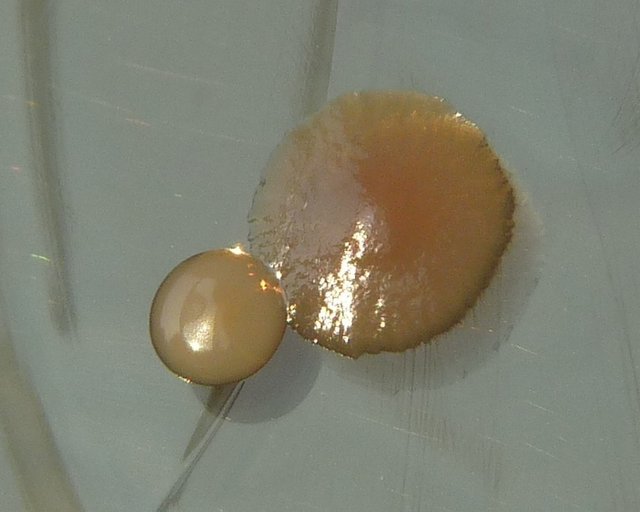
In this picture (above), the blob on the right, which is larger and more reddish in tone, is a biofilm made up of Pseudomonas bacteria. The smaller blob is a biofilm made up of Staphylococcus aureus--Staph. Both types of biofilm are challenges in communal medical settings, such as hospitals and nursing homes. They are extremely resistant to antibiotics and disinfectants. The picture is credited to HansN and is used under a Creative Commons Attribution-Share Alike 3.0 Unported license.
Pseudomonas and Staphylococcus are by no means the only bacteria that threaten health through biofilm formation. Biofilm formation plays a role in many diseases--some that may be commonly recognized are: Legionnaire's disease, plague and candida.
All pictures in this blog may be found on Wikimedia Commons
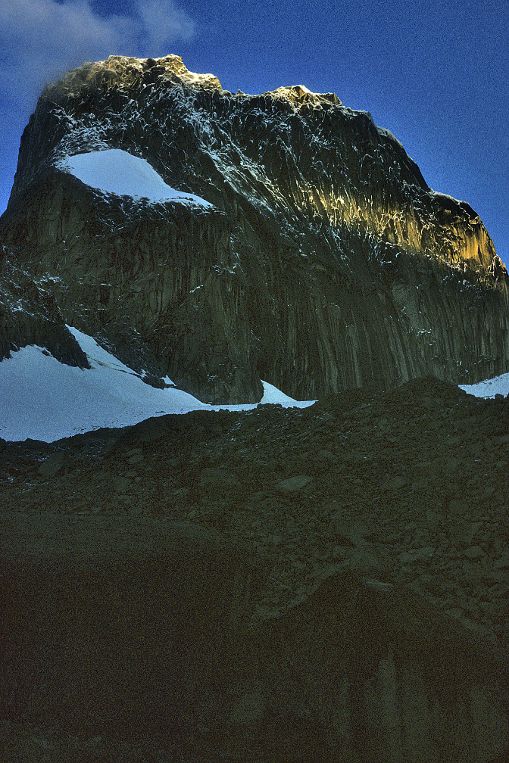
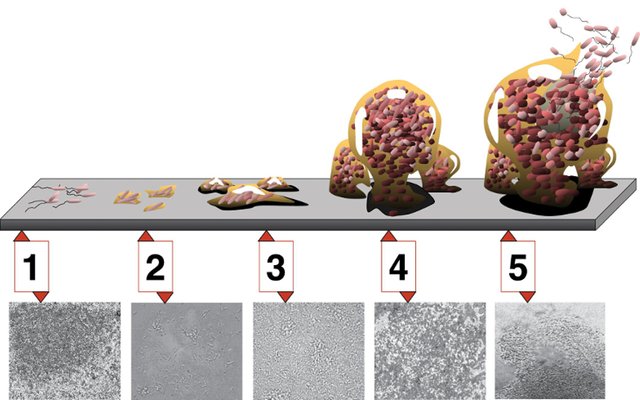
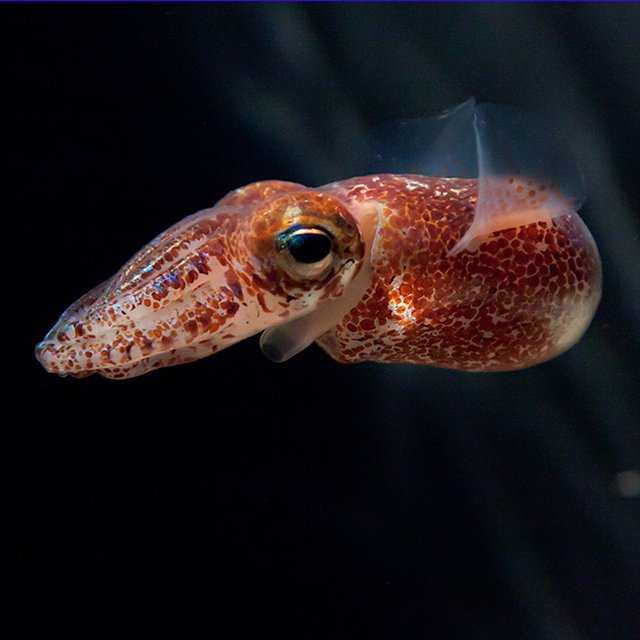
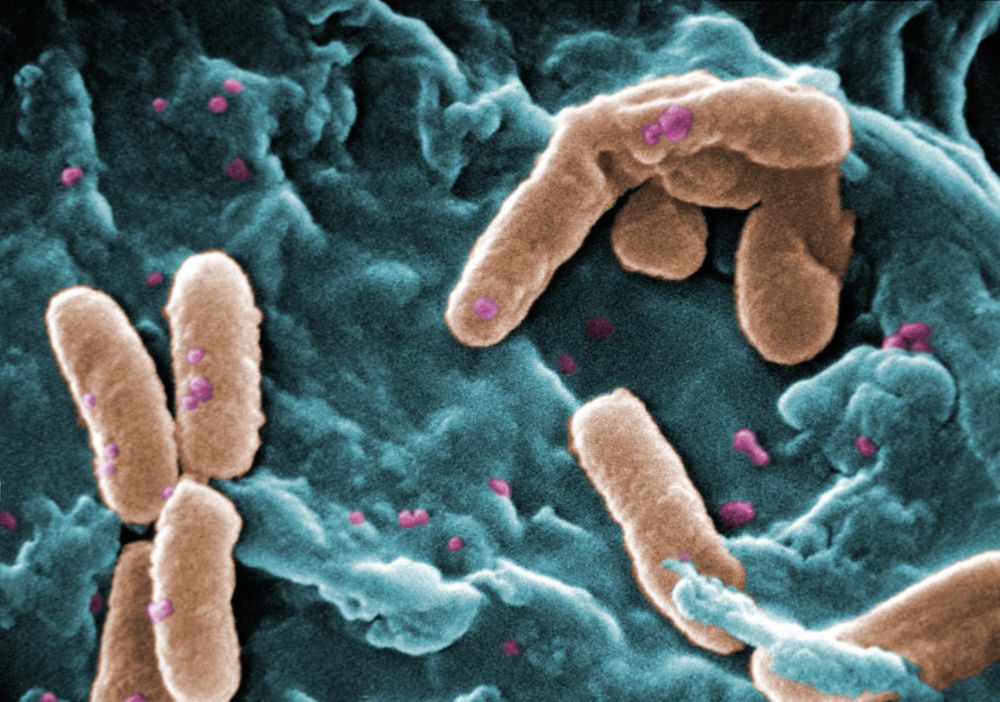
This is a nice read, and a short summary of biofilms, a topic I find very interesting. You could actually make a whole series about this. Like, you could write about the role of biofilms in the prevention of disease (like in our gut). I think you should have touched a bit more on details. An important aspect in biofilms is the formation of nanotubes that enable communication, as well as exchange of material. Another important aspect is horizontal gene transfer, which in the end makes biofilms to potent for developing antibiotic resistance. I personally am somewhat reluctant using Wikipedia Commons Pictures. I do not understand the language behind the licenses so it would be better to use CC0 pictures. You are probably fine, but it is always best to be 100% sure.
Nice read! Cheers!
Thanks so much for the feedback. I came upon biofilms accidentally--sort of like Costerton's tumble into the lake--except with far more modest results. I was actually researching plague, because I had read there was a relatively recent outbreak in Peru (2010). I saw that yersinia pestis forms biofilms--new to me, so I started reading. That's how this blog came about. So much more to learn. I appreciate the leads. I try to be really, really careful about copyright, so I will check out the option you suggest.
Thanks again for that feedback. It is encouraging.
I will withold upvoting with steemSTEM for now, since you aren't directly crediting anybody, just providing a link to a bigger version of the same image. Many or even most wikimedia images asks you credit the original artist/creator which is something important to clarify. Gimme a DM on discord if you feel like changing them =)
I am really grateful for the notice before the 7-day payout. I was tired when I finally posted this. The two pictures that lacked attribution were the first (Snowpatch Spire) and the sixth (Pseudomonas and Staphylococcus). The credits were listed in my notes and were overlooked in the posting. I would have been horrified if I noticed this omission later, when it could no longer be changed. Curation does have an important role. I'm scrupulous (try to be) about copyright. Authors deserve credit, and it's also the law. Two compelling reasons to properly credit images.
Thanks again.
Great overview of a topic that's quite important to microbiology. This field of research is still being actively studied so you can definitely expand this into a series if you wanted.
Thank you! Came into it while looking at plague transmission. Saw the role of biofilms in that. It is indeed a huge, and fascinating area. I don't how people run out of ideas. I run out of time and energy. Thanks for the encouragement!
One nice thing for you to attempt would be to write an engaging, accessible article about how stuff diffuses through biofilms. Lots of interesting tidbits about pore formation, 'finger growth', and some approachable mathematics (Fick's diffusion).
Thank you for the suggestion. I don't know about the mathematics--but the rest of it, I'm game. I usually write about stuff I don't know. Doing the research and understanding is at least much fun as writing. The encouragement is a spur, too. Much appreciated.
Congratulations @agmoore! You have completed some achievement on Steemit and have been rewarded with new badge(s) :
Click on any badge to view your own Board of Honor on SteemitBoard.
To support your work, I also upvoted your post!
For more information about SteemitBoard, click here
If you no longer want to receive notifications, reply to this comment with the word
STOPThank you!
Very readable primer on biofilm. It might read like an introduction but your deeper knowledge of the issue, gained through proper research, shines through. Well-illustrated throughout, with pertinent anecdotes (e.g. tidbits about the researchers' adventures) which really help with assimilating the info. 👍
Thank you--I'm curious by nature, so when I read something interesting, I go after it. I really appreciate feedback from someone who's more qualified than I am.
It's amazing how some bacteria is beneficial and are responsible for the fermentation of an important part of beer-brewing and others are fatal for health.
What I love about your blog is that it touches such a wide variety of topics and there's always something to learn from every single post. This is a part of science that I'm not familiar with so it was an easy introduction, written in a clean and engaging manner.
Always take something away from your posts, @agmoore! Keep 'em coming.
You are kind--I learn and then I write. It's the best part of blogging for me. I've learned so much since I joined Steemit.